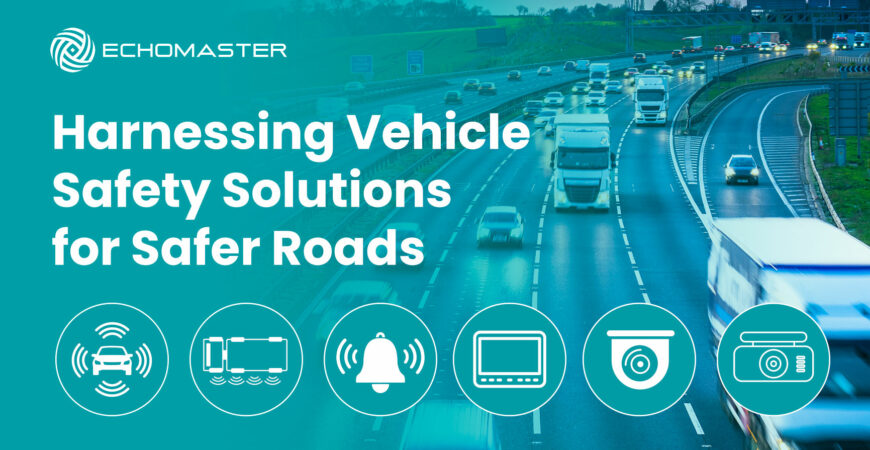Vehicle Safety in the UK, and elsewhere in Europe is still a massive concern. Across the UK there are various schemes, regulations, and accreditations such as TfL’s Direct Vision Standard (DVS) and the Fleet Operation Recognition Scheme (FORS).
All of the above aim to improve safety for everyone on the roads. To do this, they all require the installation of a number of vehicle safety solutions.
These solutions include but are by no means limited to; cameras, dash cams, sensors, warning alarms, together with innovative AI-powered Advanced Driver Assistance Systems (ADAS).
Below we will explore the current state of road safety in the UK, highlight relevant facts, figures, and statistics. We will also explore the benefits of integrating vehicle safety solutions into commercial vehicles such as HGVs, large construction vehicles together with passenger vehicles including buses, coaches, and others operating on the roads today.
The State of Road Safety in the UK:
Fatalities and Injuries
According to the Department for Transport (DfT), in 2019, there were 1,752 reported road deaths, a 2% decrease compared to the previous year. Similarly, the number of casualties decreased by 5% to 153,158 in the same period. These figures indicate positive trends, but the need for continued efforts to improve road safety remains.
Vulnerable Road Users
Vulnerable road users, such as pedestrians, cyclists, and motorcyclists, are particularly at risk. In 2019, 20% of all road fatalities were pedestrians, while motorcyclists accounted for 19% of the total. Cyclists, although comprising a smaller portion, still represented 6% of the total fatalities.
These statistics emphasise the importance of implementing comprehensive safety measures to protect vulnerable road users.
The Role of Vehicle Safety Solutions:
Cameras and Dash Cams
Cameras and dash cams play a crucial role in enhancing road safety. They provide visual documentation of road incidents, which can be used for accident reconstruction and determining liability.
According to a study by the University of Sussex, vehicles equipped with dash cams have a lower crash-for-cash incident rate, as the presence of cameras acts as a deterrent for fraudulent claims.
Additionally, in the event of an accident, footage from dash cams can provide vital evidence for insurance claims, protecting drivers from unjust penalties and helping to expedite the claims process.
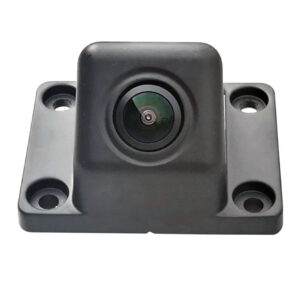


Our range of Cameras & Connected Dash Cam Solutions include Full HD 1080p, AI-powered, and Blind Spot options. For more information on our range CLICK HERE
Sensors and Warning Alarms:
Sensors and warning alarms contribute to road safety by alerting drivers to potential hazards and reducing the risk of collisions. For instance, proximity sensors can detect nearby objects and provide audible or visual warnings to the driver, helping to prevent accidents during parking or low-speed manoeuvres.

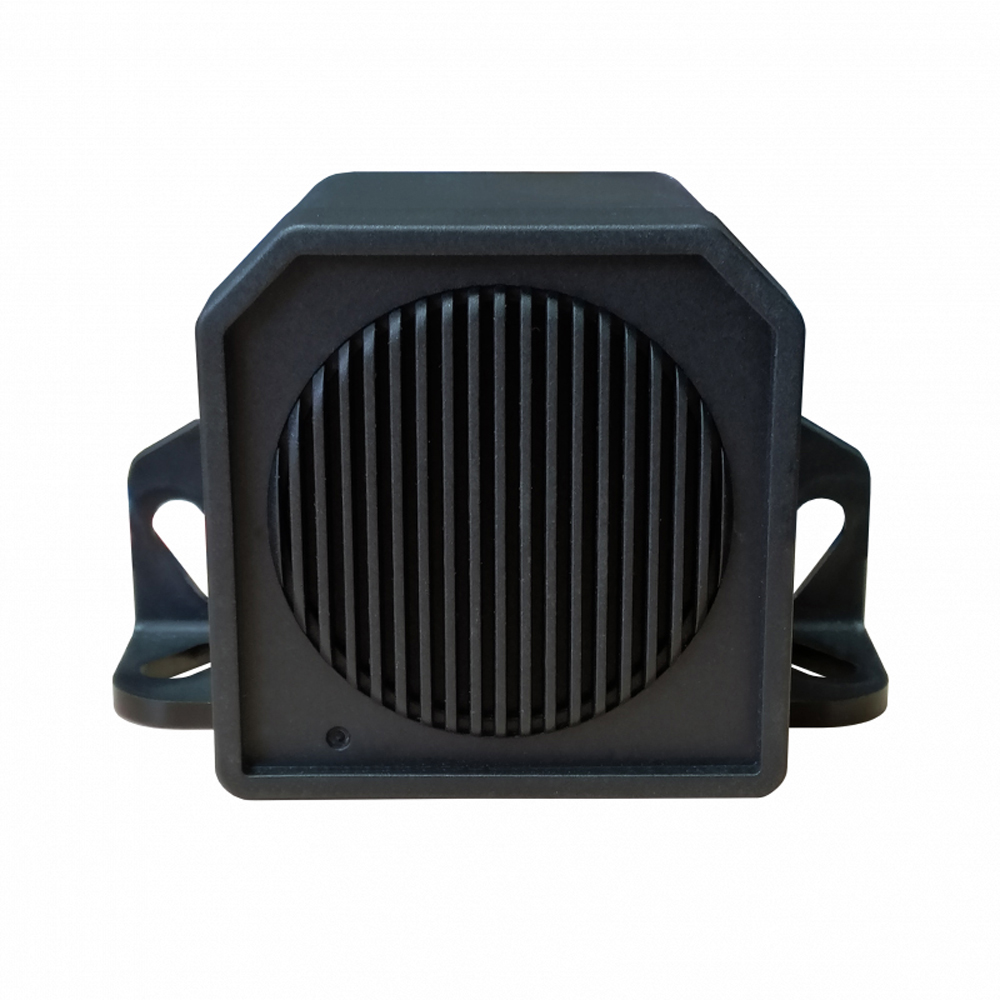
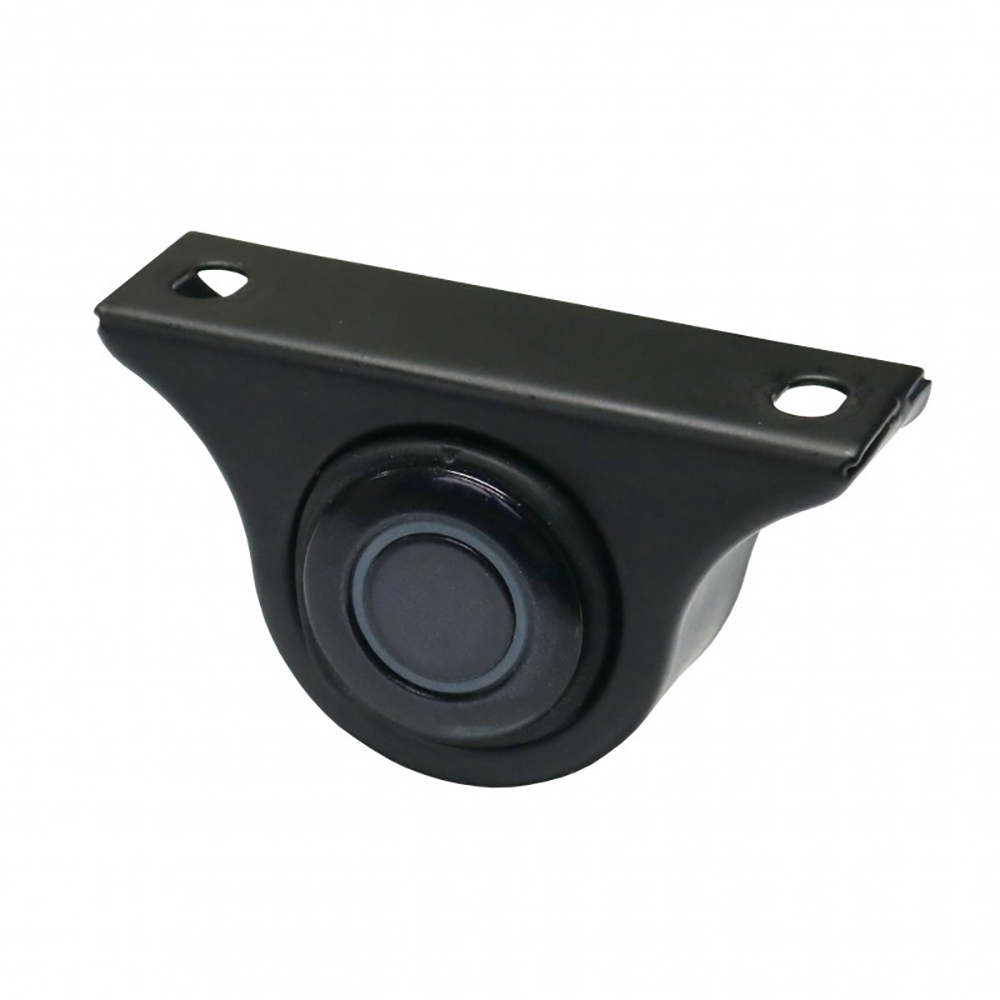
Our range of Sensors and Warning Alarms include maximum IP69 rated side-alert options, Multi-Input & Multi-Frequency ‘White-Noise’ Alarms along with Double Engage Night Silent & Handbrake Warning options.
Advanced Driver Assistance Systems (ADAS):
Our ADAS range encompasses powerful AI algorithms designed to assist drivers and enhance overall safety on the roads by providing real-time & remote driver warnings that include Distance Detection, Front Collision Warning, Lane Departure & Pedestrian Detection Warnings along with Distraction, Fatigue & Phone Usage. All helping to reduce accidents and improve safety.
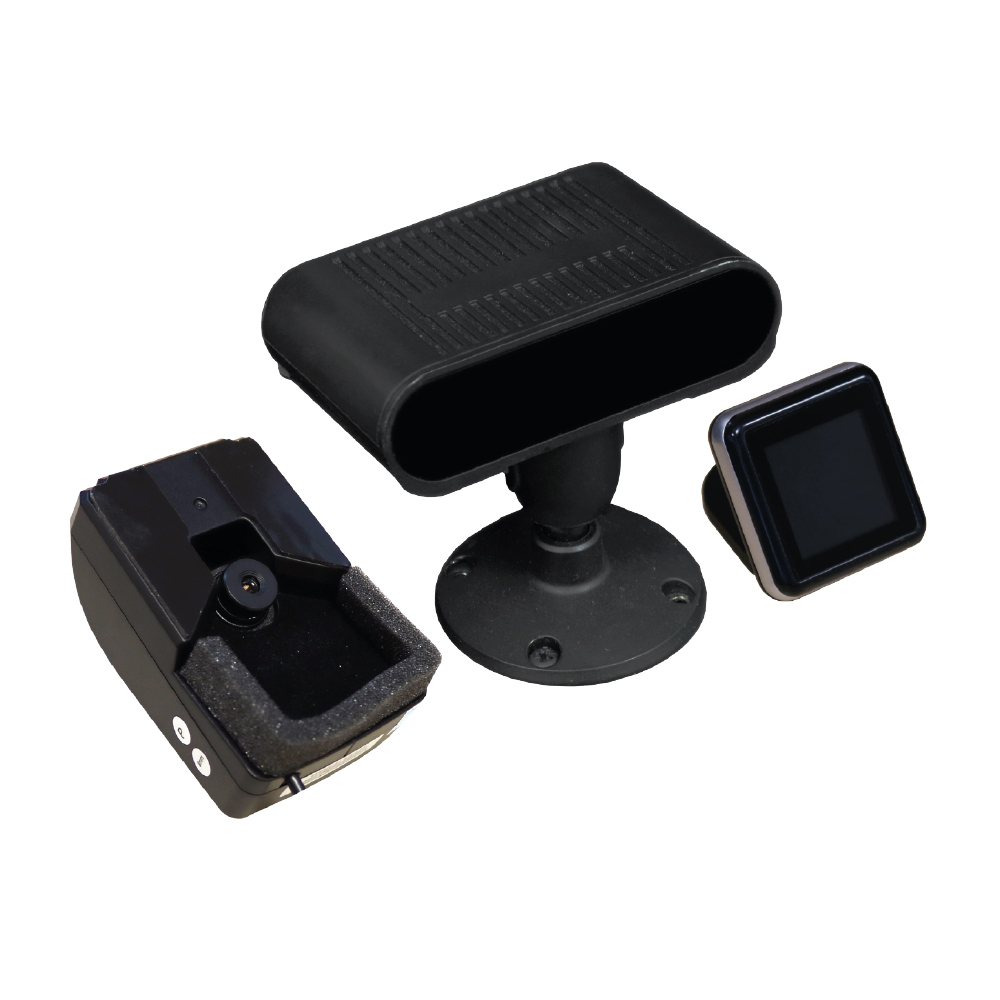
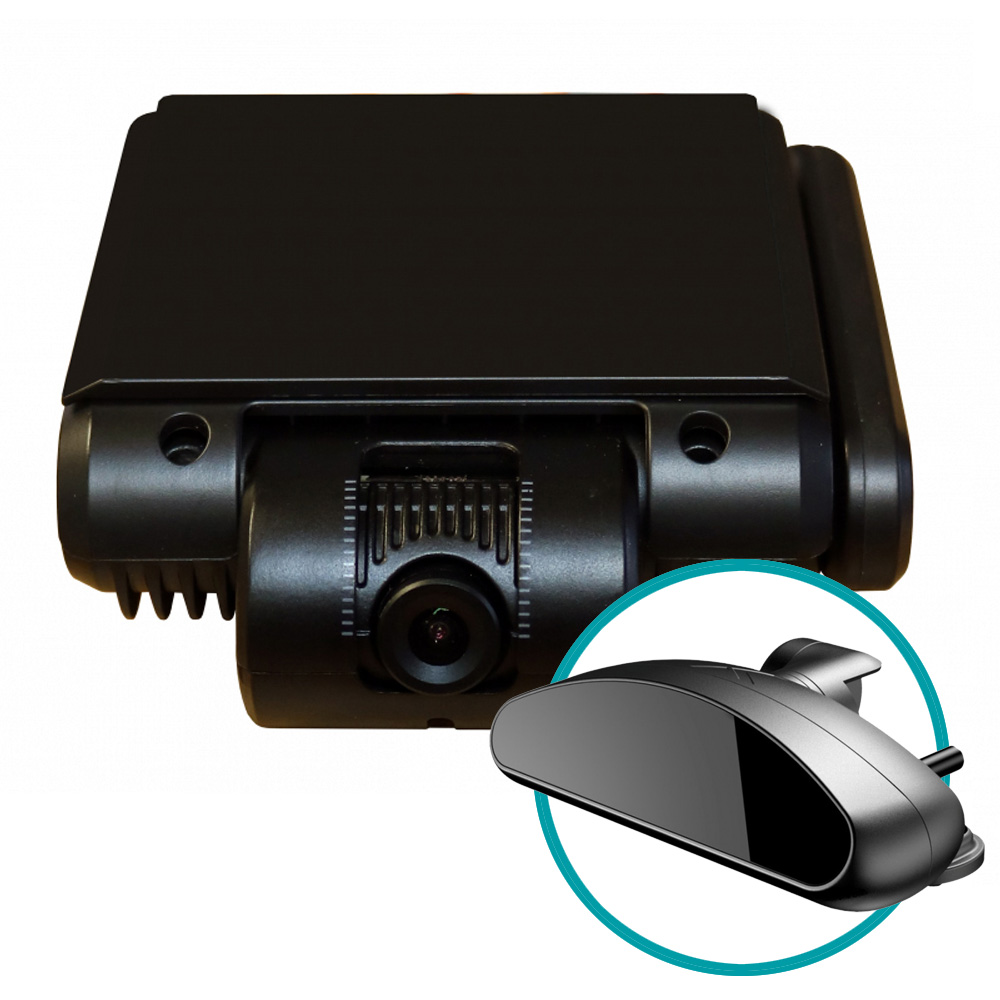
According to Euro NCAP, the adoption of ADAS features can reduce accidents by up to 38% and fatalities by up to 29%.
Benefits of Vehicle Safety Solutions:
Accident Prevention
By providing drivers with real-time information, alerts, and assistance, these technologies significantly reduce the risk of accidents from human error, distraction, or fatigue. The integration of cameras, sensors, and ADAS, road users can make safer decisions, react promptly to potential dangers, and avoid collisions, ultimately saving lives.
Reduction in Insurance Costs
Vehicle safety solutions can lead to reduced insurance costs for drivers. Insurers often offer lower premiums to those who utilise dash cams, as these devices provide valuable evidence in the event of an accident. By leveraging these technologies, drivers can protect themselves financially while promoting safer road practices.
In Conclusion
The integration of vehicle safety solutions plays a pivotal role in Road Safety. Through technologies such as cameras, dash cams, sensors, warning alarms, and ADAS, drivers can benefit from increased awareness, improved decision-making, and accident prevention. Harnessing the potential of vehicle safety solutions will undoubtedly lead to safer roads and a brighter future for all road users.

